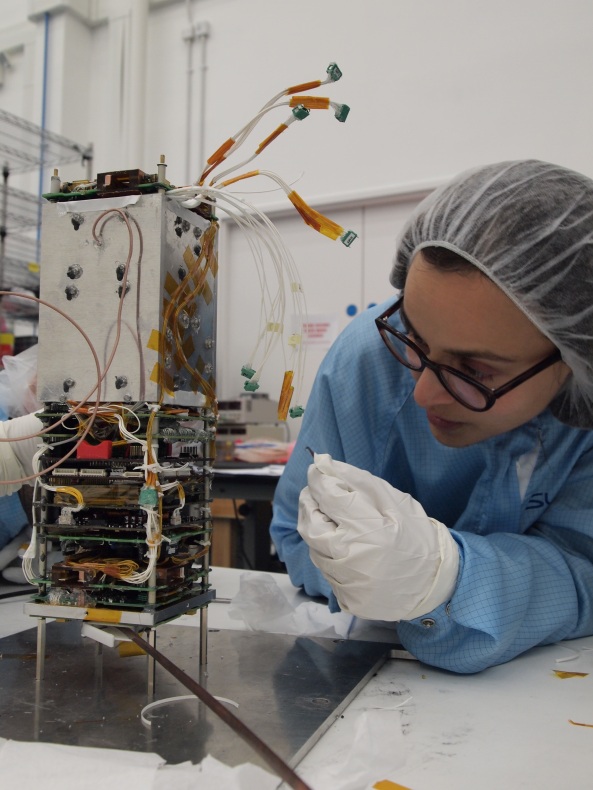16:23 16:37 UTC
Orbit # 72
STRaND-1 Received with Kantronic 9612 Plus and IC-910.
Setup steps:
1st put the TNC in KISS mode.
Start Hyperterminal
Select TNC Port # and other setting 9600,N,8,1.
@ CMD type
|2b to switch to 9600 port.
Intface kiss.
Reset.
Disconnect the Hyper-terminal .
Start OnlineKiss v8.4.0
Select TNC Port # and other setting 9600,N,8,1.
Rig with Doppler correction.
Remember to turn the 9600 bps data transmission on.
Track and receive.
I use the previous OnlineKiss version 8.2.2 to exit the KISS mode by
click (Set TNC in CMD mode ) bottom.
after the pass, kissfile created at OnlineKiss.exe dir.
Use Kissdump or other decoder to display a KISS Files
OnlineKiss v.8.4.0 (the latest version ) works fine with Kantronics 9612 plus .
STRaND1 MODEM BEACON - Help me OBC Kenobi.
C0 10 DB DC 80 61 06 01 E0 00 00 07 26 C0
C0 10 01 E1 00 00 00 06 C0
C0 10 01 E3 00 00 00 00 C0
C0 10 01 E2 00 00 29 35 C0
C0 10 01 E4 00 00 00 00 C0
C0 10 DB DC 80 63 06 01 E0 00 00 07 26 C0
C0 10 01 E1 00 00 00 06 C0
C0 10 01 E3 00 00 00 00 C0
C0 10 01 E2 00 00 29 3D C0
C0 10 01 E4 00 00 00 00 C0
C0 10 DB DC 80 64 2E DB DC 53 54 52 61 4E 44 31 20 4D 4F 44
45 4D 20 42 45 41 43 4F 4E 20 2D 20 48 65 6C 70 20 6D 65 20
4F 42 43 20 4B 65 6E 6F 62 69 0D 0A DB DC 00 C0
MODEM BEACON - Help me OBC Kenobi..















